Throughout our daily lives, we are constantly exposed to or putting in toxins into our body. Our environmental exposure includes pollutants and synthetic chemicals that are in the air, water, foods, and more. Toxins include free radicals, which are neutralized by antioxidants.1
In the US alone, about 2000 new chemicals are introduced each year into our foods and products,
which have not all been tested for what effects it might have on our health!2
Additionally, we continue to eat heavily processed foods, foods high in sugar and saturated fats, drink alcohol, and do drugs despite our best efforts or intentions. Toxins we are exposed to are not all easily excreted and some accumulate throughout our body, possibly causing adverse effects. For example,
persistent organic pollutants (industrial chemicals) accumulate in fat tissue
and can be passed onto the next generation via breast feeding.3
If you have always been curious about doing a detox or have been wanting to do a detox, now is the perfect time to get the new year started right. This article explores the ins and outs of detox that we recommend at Phoenix Men’s Health Center. Our detox plan is for the whole body and the mind. As what you put into your body also affects how you feel, detoxing your body can also help clear your mind.
2 Week Basics
1) Eliminate toxins going into your body – Our detox plan starts with minimizing our consumption of toxins and trash foods. This includes alcohol, artificial sugars, recreational drugs, processed foods, and foods high in carbs and fat. The basic rule of thumb is if you feel guilty about it, you shouldn’t eat it!
2) Putting the good nutrients into your body – Detox complete kits are a great way to simplify this process. We recommend using the PaleoCleanse Plus 14 day Detox Program from Designs for Health, which can be purchased online through our DFH shop or purchased at the clinic. The
PaleoCleanse Plus is a functional food powder designed to support detoxification process
with a mixture of nutrients, antioxidants, herbs, fiber, and fruit & vegetable extracts. Helping to aid in both digestion and elimination. It also comes with a guidebook detailed with when to take the supplements and dietary guidelines, keeping the guess work out of the detox process.
During the 2 weeks, you can also add PaleoGreens or PaleoReds, which are powdered blends of organic vegetables, fruits, and berries packed full of nutrients. Given that
only 13% of US population eat daily recommended amount of vegetables4,
it’s highly likely that you need to increase your vegetable intake. PaleoGreens and PaleoReds are an easy and healthy way to increase vegetable and fruit consumption and aids in your detoxification process. This is a wonderful way to get in the healthy detoxing foods; simple and cost effective. For additional support, you can add Detoxification Support Packets, which include chelating agents to rid your body of heavy metals.
3) Get good sleep & drink lots of water – Although easily overlooked, sleep is one of the most important aspects of kickstarting your body to feel better. Sleep is also needed for brain antioxidant activities.5 Drinking lots of water has benefits, but also during your detoxification process, helps flush out the toxins and waste materials within your system. Getting more sleep and clean water is such a simple, vital, and effective step that will help you feel better.
So what outcomes can you expect from following this detox plan? Although each individual outcome may vary, our patients in the past have experienced the following:
- Weight loss. Some patients have experienced weight loss of about 10-12 pounds.
- Increased energy
- Better sleep
- Mental Clarity
- True appreciation of what we put into our body
Keep it clean, Keep it green, to be healthy and lean!
Have more questions? Ready to start your new year’s right with detoxification? Please call Phoenix Men’s Health Center or visit here to make an appointment to discuss your detoxification process.
References:
- Machlin, L., & Bendich, A. (1987). Free radical tissue damage: protective role of antioxidant nutrients. The FASEB Journal, 1(6), 441-445.
- NTP (2014). About the National Toxicology Program. From http://ntp.niehs.nih.gov/about/index.html (accessed September 2014).
- Jones K, & De Voogt P. (1999). Persistent organic pollutants (POPs): state of the science. Environmental Pollution 100, 209–221.
- Moore, L. V., & Thompson, F. E. (2015). Adults meeting fruit and vegetable intake recommendations—United States, 2013. Morbidity and Mortality Weekly Report, 64(26), 709-713.
- Reimund, E. (1994).“The Free Radical Flux Theory of Sleep”, Med Hypotheses, 43(4), 231- 233


